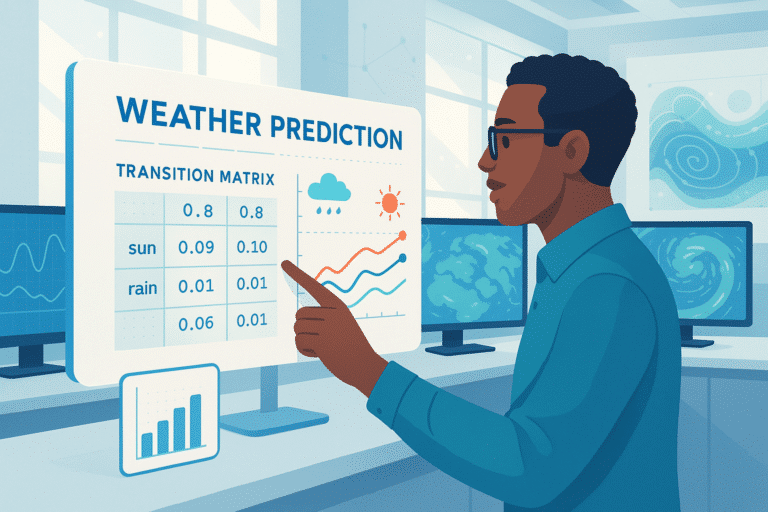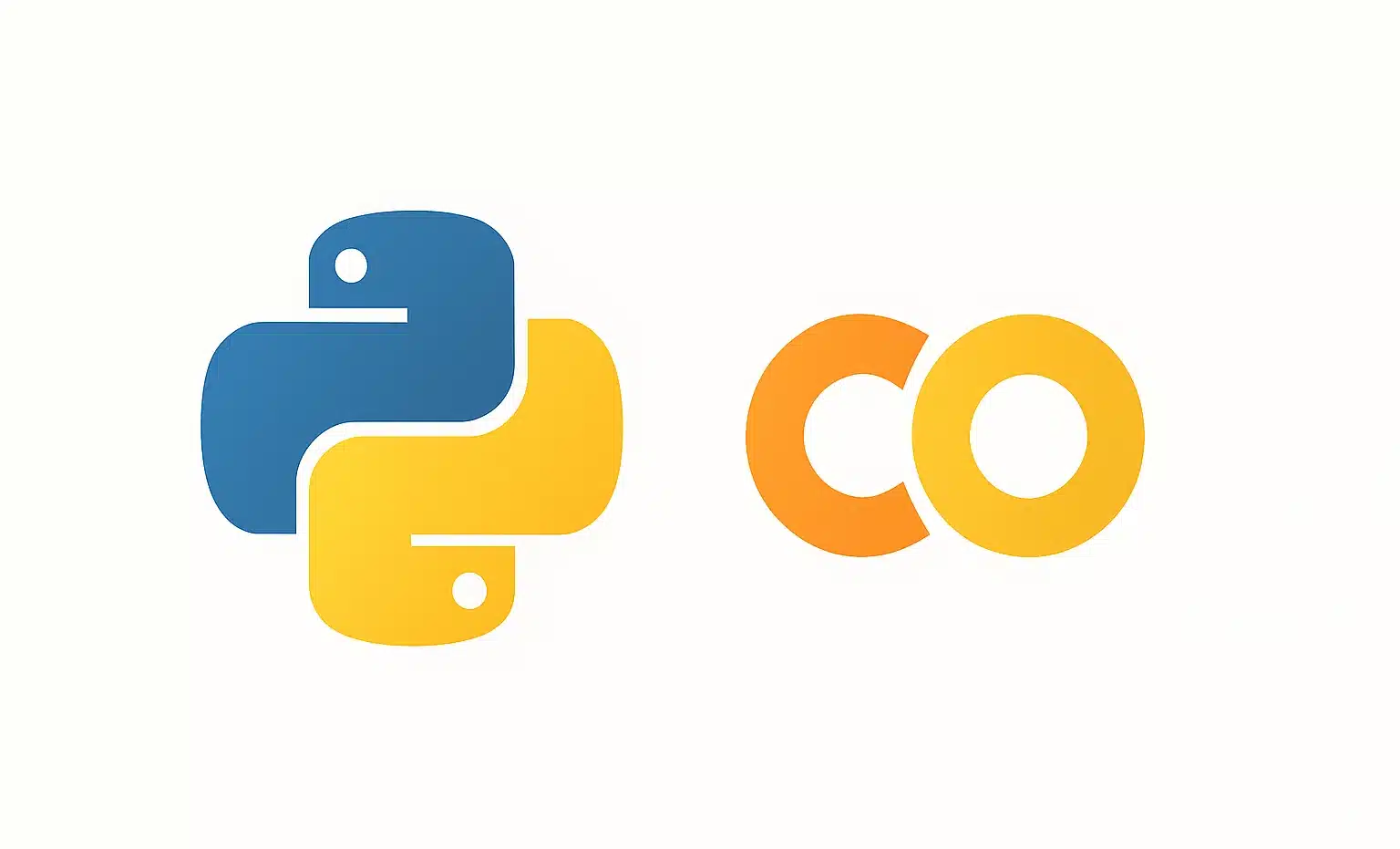AI-assisted diagnostics, remote consultations, automated appointment scheduling, and more—health services have embraced technological innovations. This is evident in the realm of e-health. By integrating digital tools into management and monitoring, this service optimizes the work of medical professionals while enhancing the patient journey. Let’s delve into this connected health solution.
What is e-health?
A 3.0 Health Service
E-health encompasses a range of services developed by the Agence du numérique en Santé. The objective? To utilize new technologies and digital solutions to benefit health services in France.
Among these tools are data management, teleconsultation, mobile apps, connected objects, and more. Together, they enable more accessible, quicker, personalized, and efficient care, which benefits both patients and medical professionals.
By putting technology at the service of patient welfare and care, e-health transforms the French healthcare system.
A Bit of History
Although e-health as we know it today is relatively recent, its history began long before the widespread adoption of digital technologies. As early as the 1960s, the foundations were laid with the advent of hospital information systems. In the subsequent decades, technological innovations continued to revolutionize the healthcare system, with milestones such as the introduction of the first health cards, the circulation of professional cards, and the first surgical operation performed by the robot surgeon “Arthrobot.”

With the rise of the internet in the 2000s, access to health information became simplified, facilitating better interconnections between patients and doctors. Online health services (such as Ameli.fr) emerged during this period.
Innovation has continued … up to the arrival of COVID. The lockdown compelled healthcare professionals to utilize digital technologies more fully. The sector’s digitalization accelerated, bringing significant advancements, such as the widespread use of teleconsultations, the launch of the Health Data Hub, and the introduction of Mon Espace Santé.
All these events have contributed to the evolution of e-health. Today, more than 19 million teleconsultations are covered by health insurance, over 350,000 health apps have been created, and more than a million professionals are listed in the health directory, among other developments.
E-health at All Stages of the Care Pathway
Accessibility, speed, and personalization of care. These are the goals of e-health. To this end, digital services are integrated at every stage of the medical journey.
Prevention
Rather than waiting for new diseases to develop, e-health services aim to prevent their occurrence by focusing on prevention. Through mobile apps, connected objects, information platforms, and even “serious games,” digital tools promote the adoption of healthier habits. By improving the lifestyle of the French population, these tools help prevent diseases before they arise.
How is this achieved? Most of these technologies rely on the collection and processing of health data. Based on the gathered information, they can provide personalized advice, whether for physical activities, nutrition, smoking cessation, or vaccination reminders.
Ultimately, these tools help raise public awareness, thus contributing to better long-term health management.

Medical Consultation
Thanks to digital tools, access to care becomes significantly more flexible and accessible. This is evidenced by these e-health innovations:
- Online appointment booking: patients attain greater autonomy, thereby freeing healthcare professionals from administrative tasks.
- Teleconsultations: individuals facing geographical or mobility constraints can maintain access to care, regardless of their situation. This is especially useful for regular medical follow-ups or prescription renewals.
- Digitization of records: doctors gain instant access to their patients’ medical history, enhancing the efficacy of care.
Diagnosis
With e-health, medical professionals gain access to connected equipment, AI-based solutions, as well as simulation and modeling tools—real aids for decision-making and conducting accurate diagnoses.
For patients, these tools provide reassurance, as they reduce the risk of medical errors.
Care
Several e-health innovations are once again enhancing patient care:
- Health information management: through computerized records, data is easily shareable, enabling better-coordinated care (especially when multiple professionals are involved in treatment).
- Computer-assisted systems: These optimize the work of doctors during treatments or procedures, whether surgical or therapeutic.
- Home automation: it also plays a role in e-health, particularly in cases of home hospitalization. Thanks to smart homes, patients can more easily remain at home without compromising their health.

Follow-up
E-health does not conclude once the treatment is administered. Even after, technological innovations continue to enhance the daily lives of patients and healthcare professionals.
For instance, connected objects can collect various data, such as heart rate, blood sugar levels, blood pressure, oxygen saturation, sleep quality, body temperature, and many more useful indicators for better monitoring of patients with chronic diseases.
Artificial intelligence, data management, connected objects—all these technologies enhance the healthcare sector. But they must be used correctly. That’s precisely the mission of DataScientest. We train you in the innovations of tomorrow.










